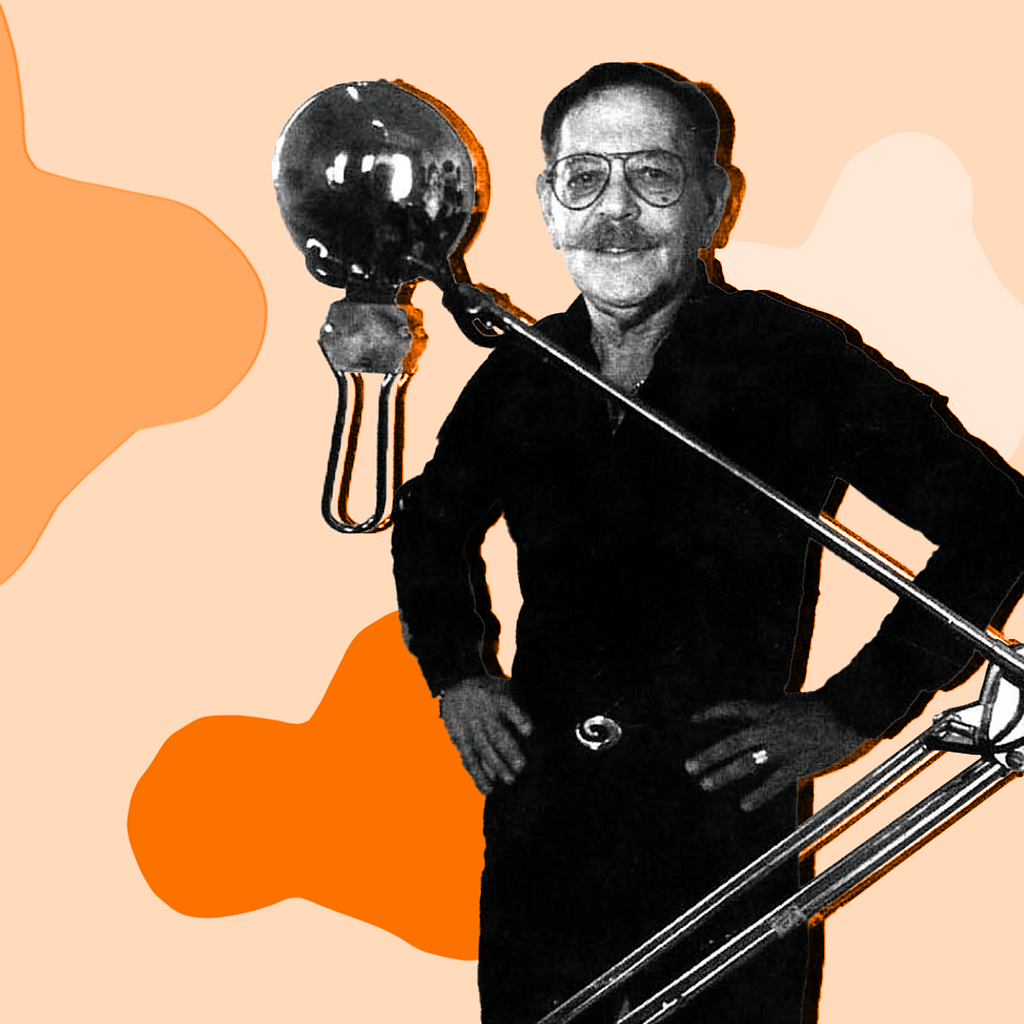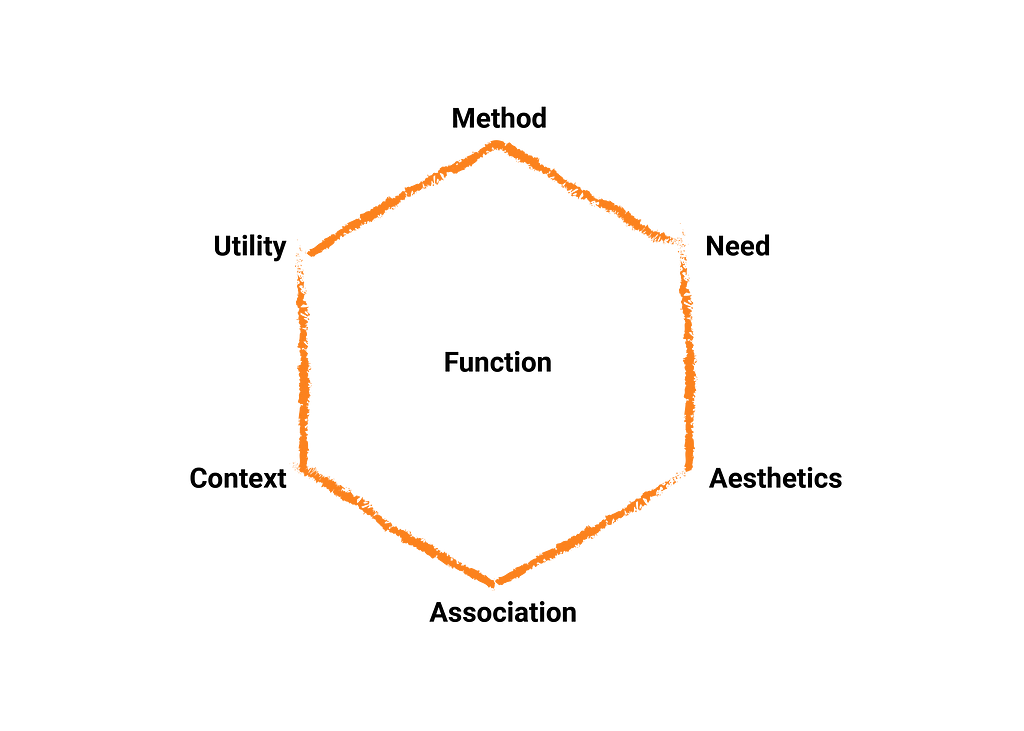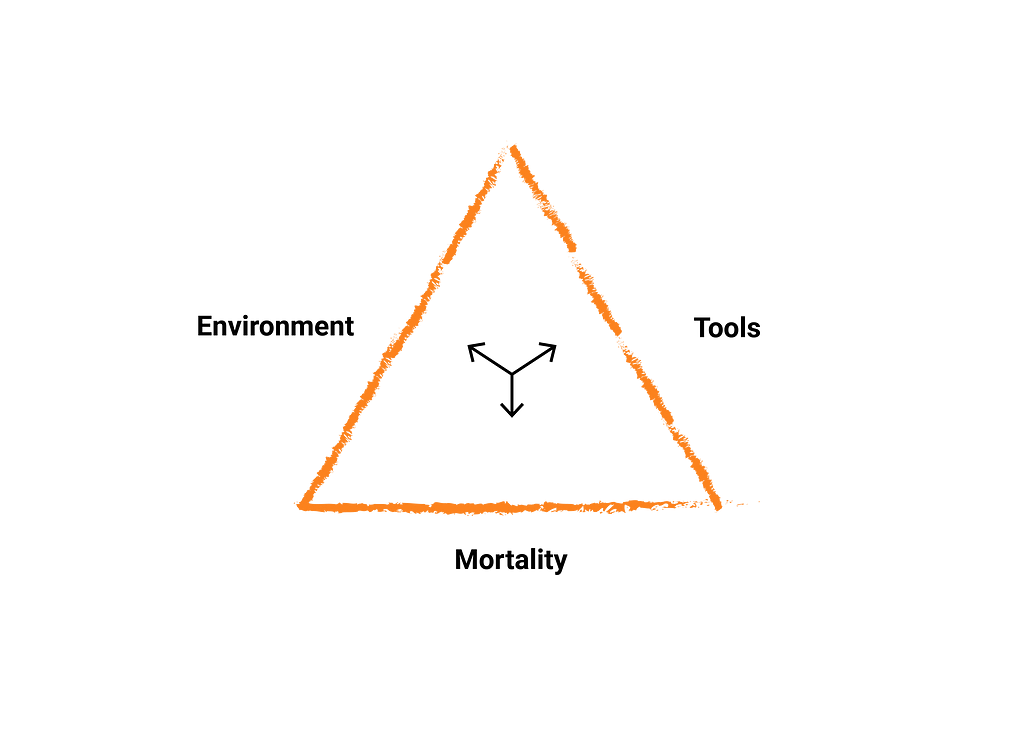In the “Back to basics” series, I would like to rediscover the content of the textbooks I read at the beginning of my industrial design studies. I am a supporter of wise (prudent) use of the achievements of the predecessors, which is why I re-read these valuable, twentieth-century books on design and try to extract from them values that are still relevant — especially in the context of user experience.
Victor Papanek was an American educator and designer of Austrian origin. Papanek was a leader when it comes to democratic, socially engaged design. In his theoretical works and projects, he tried to show the values that should be followed by designers to create a sustainable world with minimized suffering and mutual care. Below I will describe the most important issues for me from his book “Design for the real world” which has permanently changed the issues of design and design education around the world. Everything in relation to the user experience!

Functional aspects
I have heard many times that a product is functional. Functional — does it mean fulfill its function? Yes and no. In the context of product functionality, it is not one question that should be asked. There are also, among others: how? where and when? why?
Designing must be filled with meaning, as Papanek wrote: “The way of action, thanks to which a project accomplishes its goal, is its function,” whether the product is supposed to look good or work well. For some reason, these two issues are put on opposite ends and are actually one aspect of the function.
The complex of functional aspects, according to Victor Papanek:
Method. The most important issue here is optimization — being honest with your materials and not trying to show things differently from what they really are. Using examples, he describes the method as the interdependencies of the process, tools, and material.
Utility. It is a question of properly defining purpose — what is the essence? Once again, the organ is essential, but it is accompanied by means of communication and symbols. When faced with a problem, ask yourself: Does it work?
Need. Initially, we may think that as humans we prefer ornaments to simplicity. Papanek also evokes issues such as dreaming and thinking or mysticism and rationalism.
Context. Reflect the time and circumstances. Cultural issues and attempts to transfer patterns from one culture to another are also important. Papanek emphasizes that in this way we more often build value on the exotic than on functionalism, and that this kind of thinking may not work well with the assumptions of some projects.
Association. The item is undoubtedly related to the context. Our psychological conditions, often reaching the earliest childhood memories, are revealed in adulthood and have an impact on our likes or dislikes towards a certain value.
Aesthetics. The author writes: “Since aesthetics cannot be analyzed with a tape measure, we simply consider it to be a personal expression full of mystery.” In retrospect, we know that aesthetics is only one aspect of the visual perception of a design. In each field, there is a set of guidelines that support the process of creating the visual (graphic) layer of the project, which also indirectly build aesthetics. The essence of these principles is the ability to combine them and try to go beyond these elements.

I believe it is good to treat them as signposts that put us in the right places. It also means that it is difficult to maintain an even distribution of forces between the elements. I understand this as a holistic view of the function aspect and the organic derivation of one issue from another. This dependence is most clearly visible (in my opinion) when we talk about aesthetics — it is more a resultant of other elements than the element on which we focus to the same extent as, for example, on needs.
Creativity
However, in order to associate freely, multidisciplinary skills are necessary. The amount of knowledge, quality of memory and the ability to recall memories can also enrich this process.
What blocks creativity?
Perceptual blockers. Related to perception, recognition. For example, a person who does not hear the differences between two sounds of different pitch will experience a perceptual block, while a deaf person will experience a total blockade.
Physical blockades: color blindness, astigmatism, strabismus, hysterical aphasia.
Emotional blocks. Related to conformity. As humans, we are reluctant to “stick our neck out.”
Association blockades. A very UX theme! Attitudes from previous life stages can influence our perception of the present. It is very difficult to break free from beliefs and habits — we do not question them — we take them for what they are.
Cultural blockades. In any society there are taboos that threaten the independence of thinking.
Professional blocks. Going beyond your beliefs resulting from the level of knowledge in a given topic.
Intellectual blockers. There is no single way to solve all possible problems.
Environmental blockades — the extent of the positive or negative influence of the environment on how we behave when trying to solve a problem.
Methods of getting against restrictions:
Brainstorm emphasizes the number of ideas, not the quality. The sense of judgment is imperative. After multiple potential ways of solving a problem are generated, they are subjected to a series of evaluations based on various criteria. Then one of them is realized.
Synectics requires a strong leader in a team. Team members represent different disciplines and their creativity is stimulated through the presence and interaction with other members of the group. It is advisable to use emotions, premonitions, illusions and other irrational sources of ideas, and in the course of creative work, ideas are not assessed — usually the phases of generating ideas and their evaluation are separated by a break.
Bionics and biomechanics. Nature! Bionics studies the fundamental laws of nature and then makes use of them with human needs in mind. Let’s keep our eyes (not only) wide open!
Forcing new thinking patterns should be the basis of debating problems. Innovation (or the desire to look for it) is invaluable. This also applies to the appropriate formulation of assumptions — the less they suggest ready-made solutions, the better.
The role of designer and education
Papanek describes the designer as a synthesizer. As designers still have this desire to explore design-oriented topics, they are often well informed about the constraints.
Designer education (like any education) is about gaining skills, developing talent, trying to understand the underlying theory behind the field, and finally — discovering its philosophy.
Failures
“Novelty” entails experiments, and they may end in failure. Our culture is focused on success and speed, and accepting the possibility of failure (willingness to experiment) means defying the applicable norms.
We probably all know the iPhone from Apple. What if I ask what was the first phone model from the giant from Cupertino? iPhone, right? No, it is not true. Steve Jobs, after the success of the iPod — a handheld music player, was afraid that mobile phones with the ability to play music would appear on the market. An iPod module was added to the Motorola phone, which resulted in the creation of a limited phone with a very weak UX. Apple drew conclusions and began to work on its own phone in line with the company’s values, which initiated the series of iPhone smartphones — so well known and eagerly used now.
However, the right to error does not release the designer from liability. In design education, a balance is needed between instilling a willingness to experiment and, at the same time, learning responsibility for the mistakes made. That is why it is so important to analyze our activities and iterative work.
“Understanding any foreign language other than the native language also helps in this [designing]. This is because the structure of each language gives us a different approach to the realities of life and to their experience.”
The triad of limitations
As humans, we are hostages to contexts. It is very difficult to separate from some of them. Papanek writes about them like this:
Human beings are locked in an iron triangle that is a true prison cell for their species. One side of the triangle is the environment in which they live. The second — equipment necessary for life that they have or can create. Third — the fact that man is a mortal being. All efforts of all existence are made with the thought of getting out of this closure.

Conformity in action and conformity in thinking
The basis of our existence is the ability to deal with adversities. In the course of development, we (as a society) began to value conformism. We can observe the suppression of creative responses and equating innovation with eccentricity. This condition is of course influenced by the environment in which we live — manifestations of mass advertising, mass production, media manipulation and automation.
Often, due to this type of rooting, we misdefine design problems. For example, we focus on designing a better car. While a car is one of the ideas on how to move comfortably and safely. By this I want to say that it is very important to ask yourself what problem is to be solved by our project. More specifically: what function is it supposed to achieve? And this brings us back to the point at the beginning of this article: the function aspects.
If this text inspired you to reread (or read for the first time) “Design for the real world” let me know. Also share your thoughts. If you liked the text — leave 👏 and consider following me 🤓
What did Victor Papanek leave for UX designers in “Design for Real Word”? was originally published in UX Collective on Medium, where people are continuing the conversation by highlighting and responding to this story.